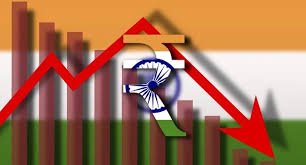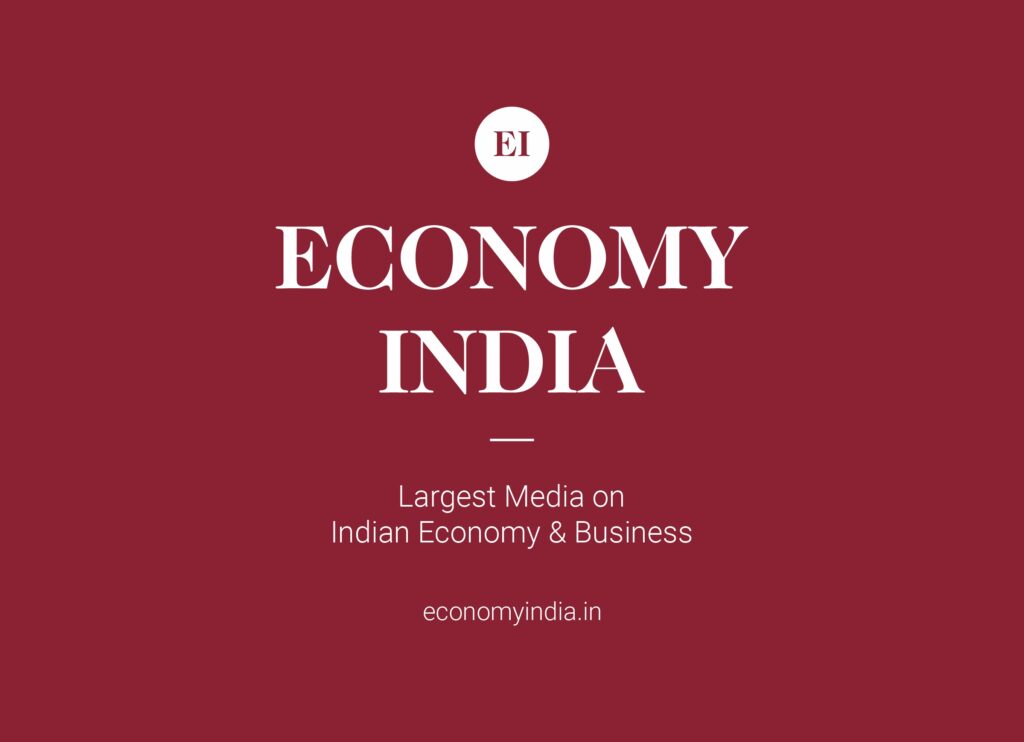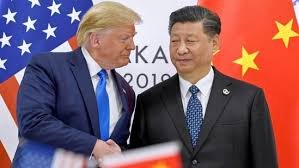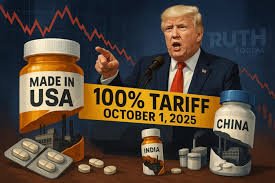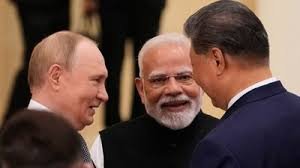Gold Imports Surge Amid Festive Season; Exports Remain Weak, Says Union Bank of India
NEW DELHI (Economy India): India’s trade deficit is expected to widen to $28 billion (₹2.48 lakh crore) in September 2025, according to a report by Union Bank of India, marking a rise of $1.5 billion (₹13,000 crore) from the previous month.
India’s trade deficit is expected to widen to $28 billion (₹2.48 lakh crore) in September 2025, according to a report by Union Bank of India, marking a rise of $1.5 billion (₹13,000 crore) from the previous month.
In August 2025, the trade deficit stood at $26.5 billion (₹2.35 lakh crore). The primary cause behind the sharp increase is the surge in gold imports, which have nearly doubled despite higher prices, driven by the festive and wedding season demand.

🟡 Gold Imports Nearly Double Despite Price Rise
Gold prices in India have increased by over ₹45,000 per 10 grams this year. However, the traditional appetite for gold remains resilient, with traders reporting a strong demand as the festive and marriage seasons begin across the country.
“Even with rising prices, Indian consumers continue to view gold as a stable investment and cultural necessity,” said a senior economist from the bank. “This seasonal spike in imports has significantly widened the trade deficit.”
📉 Sluggish Exports Add to the Widening Gap
Besides high gold imports, India’s export growth remains subdued, mainly due to weak global demand and delays in the India–US trade agreement. The United States accounts for nearly 20% of India’s total merchandise exports, and the slowdown in bilateral trade has directly impacted outbound shipments.
Commerce Minister Piyush Goyal and External Affairs Minister S. Jaishankar recently confirmed that discussions on the first phase of the trade deal with the US are ongoing and expected to continue until November 2025.
If finalized, the agreement could lead to tariff reductions and provide a boost to Indian exports.

📊 What Is a Trade Deficit?
A trade deficit occurs when the value of a country’s imports exceeds its exports during a specific period.
In such cases, more domestic currency flows out of the country to pay for imported goods than what flows in from exports.
This situation is also referred to as a negative balance of trade.
Simply put — when a nation buys more than it sells, it faces a trade deficit.
Pressure on Rupee and Fiscal Balance
Economists warn that the widening trade gap may add short-term pressure on the Indian rupee and impact the current account balance, especially if gold imports remain elevated through the festive quarter.
However, improved export performance in Q4 and a possible trade deal with the US could help stabilize the deficit by early 2026.
(Economy India)

